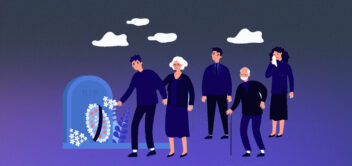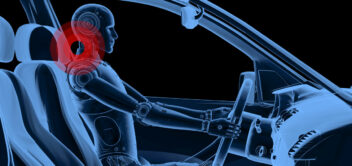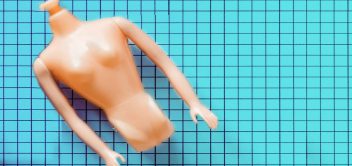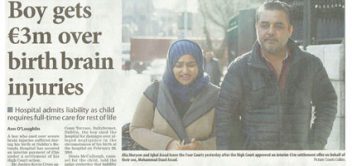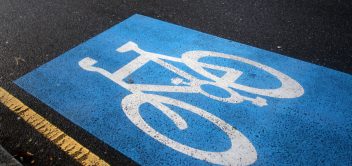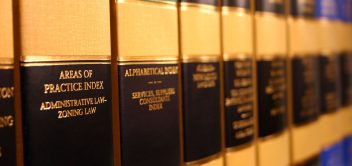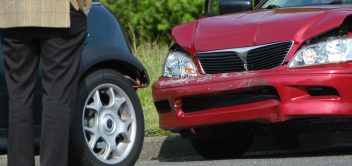Infant / Child Cerebral Palsy Claims | We Can Help You
Medical Negligence in Cerebral Palsy Cases
Cerebral Palsy (CP) is non-progressive (CP is a one-time injury to the brain and will not cause any further degeneration to the brain). It usually affects muscle co-ordination (Spastic Paralysis) and body movements. This loss or impairment of motor function is caused by brain damage to the part of the brain that controls balance, posture and movement.
This brain damage can be caused by either brain malformation or brain injury and can occur during pregnancy, before birth or immediately following birth. CP will not normally be diagnosed until the child has reached the age of two or three years. The main causes of medical negligence resulting in Cerebral Palsy include, but are not limited to:
- Delay in delivery causing deprivation of oxygen
- Failure to diagnose and treat jaundice which can result in hyperbillirubinemia (Increased levels of billirubin in the blood) and kernicterus (this is a complication of neonatal jaundice, leading to brain damage that can cause death or long term effects including CP and hearing loss
- Delay in diagnosing and treating meningitis
- Failure to diagnose and treat low blood sugar (hypoglycaemia)
Bringing a claim on behalf of an Infant or Child
Statistics show that 10% of children born with Cerebral Palsy is due to medical negligence. If you believe that your child’s CP has been caused due to the negligence of your health professionals you should contact a solicitor as soon as possible.
Bringing a claim for medical negligence can be a very daunting experience. Our medical negligence team of solicitors in Synnott Lawline Solicitors are highly trained professionals in the area of birth injuries. We endeavour to make the claim process, from beginning to end, as easy as possible for you. And we will guide you through each step of the claim.
Medical Malpractice In Cerebral Palsy Cases
Medical negligence arises in CP cases where there is a failure to deliver a child when there are indications of stress. When there are indications of stress a delay in delivery could cause oxygen deprivation to the child which can cause permanent brain damage. Depriving the child of oxygen during labour can cause Hypoxic-Ischemic Encephalopathy (HIE) which in turn can cause permanent brain damage and cerebral Palsy. The extent of the brain damage will depend on how long the child is deprived of oxygen.
HIE is also known to result in:
- Death
- Severe Impairment among Infants
- Developmental Delay
- Epilepsy
- Neurodevelopmental Delay
- Motor Impairment
- Cognitive Impairment
CP can also be caused in errors which occur after delivery such as:
- *Infection
- *Jaundice
- *Meningitis
- *Failure to treat Congenital Disorders
Synnott Lawline are one of Ireland’s leading medical negligence and clinical negligence firms. We have dealt with many high profile birth injury claims for our clients. If you have any legal questions or wish to start your claim, please do not hesitate to contact our dedicated and experienced team of solicitors who will be more than happy to talk you through the whole process and answer any questions that you may have. Contact us 7 days a week by Phone: 01 453 7890 Email: info@lawline.ie or fill out our Call Back Form.
-
1. Dyskinetic Cerebral Palsy (Dyskenisia)
This form of CP is caused by damage to the basal ganglia and/or the Cerebellum. It can be caused by infections such as meningitis, lack of oxygen to the brain or trauma to the developing brain. Dyskinetic CP can be broken down in to sub-categories depending on the type of involuntary movements from which the child is suffering. These sub-categories are as follows:
- Dystonia: Slow rotational movement of the torso, arms or legs causing poor posture
- Chorea: Sudden involuntary movements, usually in the fingers and toes
- Athetosis: Sluggish writhing movements, usually occurring in the fingers and face
* Choreoathetoid: A combination of Chorea and Athetosis (outlined above);
* Ataxia: Loss of balance and co-ordination. This is the rarest form of CP;
* Rigidity: High muscle tone due to hypertonia causing restrictive movement;
* Dyskenisia: A general term to describe involuntary movements. -
2. Spastic Cerebral Palsy
This is the most common type of CP and is caused by damage to the motor cortex of the brain and can occur before, during or after birth. Spasticity can affect any muscle group in the body, however, there are some patterns that can be seen in CP:
- Flexion at the elbow, wrist or fingers;
- Flexion at the hip;
- Adduction or scissoring of the thighs (this causes the legs to pull together);
- Flexion at the knees
- Equinovarus foot posture
Spasticity can also affect smaller muscle groups such as the facial muscles, tongue or vocal folds. This can result in slow oral movements, slurred speech and a tightness or hoarseness of the voice.
-
3. Ataxic Cerebral Palsy
Ataxia is the least common form of CP. Children suffering from Ataxia will usually have unsteady shaky movements or tremors and difficulty maintaining balance, issues with depth perception and imprecise motor skills. Ataxia is caused by damage to the cerebellum. The main causes of damage to the cerebellum are:
- Infection in the womb;
- Loss of oxygen due to placental failure or breech birth;
- Head trauma during or after birth;
- Brain haemorrhaging from fetal stroke.
-
Common Risk Factors Leading To CP?
Some of the known risk factors that often lead to CP are:
- Medical malpractice
- Negligence
- Abuse
- Injury
- Accidents
- Infections
- Asphyxia
-
Statute of Limitations for Infant / Child Claims
Statute of Limitations for Infant / Child Claims
Unlike Personal Injury law for adults (who have 2 years from the date of injury to issue a claim) a parent or guardian can commence the injury claim for the child 2 years from the date of their 18th birthday rather than in normal cases 2 years from ‘date of knowledge’. So if a potential claimant was a baby or infant at the time of injury, although we don’t recommend waiting this long, legal action can be taken up to their 20th birthday. With all personal injury claims we advise seeking legal advice as soon as possible. This law is in place for children as it’s not always possible to define the long term physical or psychological consequences of the injury the infant has suffered until they have reached maturity.



